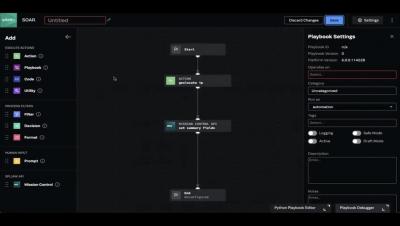60 Second Charity Challenge: Credential Theft
In this 60 second charity challenge benefitting AIDS/LifeCycle, Mick and Ryan share their top mitigations for credential theft, which was named a top initial access vector in the 2023 Verizon DBIR report.











